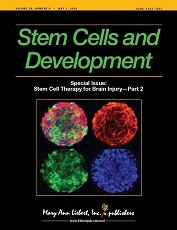Maureen L. Condic

Abstract
There is surprising confusion surrounding the concept of biological totipotency, both within the scientific community and in society at large. Increasingly, ethical objections to scientific research have both practical and political implications. Ethical controversy surrounding an area of research can have a chilling effect on investors and industry, which in turn slows the development of novel medical therapies. In this context, clarifying precisely what is meant by “totipotency” and how it is experimentally determined will both avoid unnecessary controversy and potentially reduce inappropriate barriers to research. Here, the concept of totipotency is discussed, and the confusions surrounding this term in the scientific and nonscientific literature are considered. A new term, “plenipotent,” is proposed to resolve this confusion. The requirement for specific, oocyte-derived cytoplasm as a component of totipotency is outlined. Finally, the implications of twinning for our understanding of totipotency are discussed.
Highlights
- Inaccurate use of the term “totipotent” by scientists creates unnecessary ethical controversy.
- Public concern over producing embryos by reprogramming reflects confusion over totipotency.
- Twinning by blastocyst splitting does not provide scientific evidence for totipotency.
Concid ML. Totipotency: What It Is and What It Is Not. Stem Cells and Development. April 15, 2014, 23(8): 796-812. doi:10.1089/scd.2013.0364.